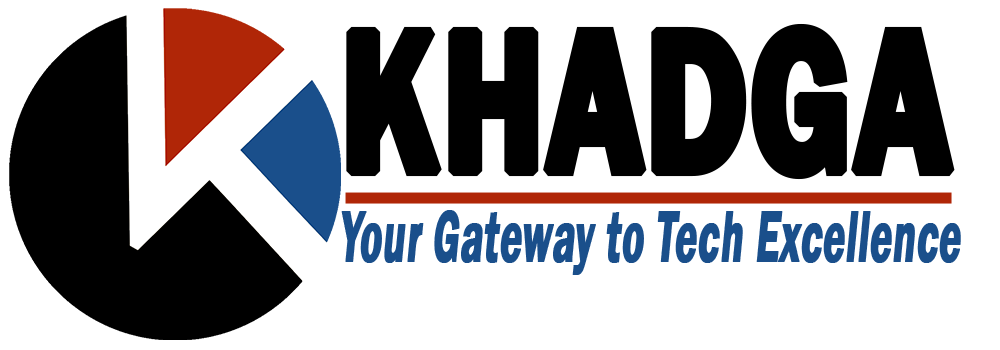In a world where digital transformation is accelerating at an unprecedented pace, the importance of seamless interaction between humans and machines has never been more critical. Microsoft, a leader in the tech industry, has taken a significant step forward in this direction with the introduction of its innovative tool, Microsoft Copilot. Among its many features, one stands out for its potential to revolutionize the way we interact with technology: the ability to understand even the worst handwriting.
The Challenge of Handwriting Recognition
Handwriting recognition has been a challenging frontier for technology. Unlike printed text, handwriting varies widely from person to person, and even the same person’s handwriting can differ depending on factors like speed, mood, or the writing instrument used. This variability has historically made it difficult for software to accurately interpret handwritten input, often leading to frustration for users who need to digitize notes, forms, or other handwritten documents.
Enter Microsoft Copilot
Microsoft Copilot leverages advanced artificial intelligence (AI) and machine learning (ML) technologies to tackle this long-standing issue. By training on vast datasets of handwritten samples, Copilot’s AI can learn to recognize patterns and interpret a wide range of handwriting styles, from the neat and orderly to the downright illegible.
But how does it manage to do this? The secret lies in the deep learning models that power Copilot. These models are designed to mimic the way the human brain processes visual information, allowing them to discern the subtle nuances in different handwriting styles. As a result, Copilot can accurately convert handwritten text into digital form, making it easier for users to work with their notes and documents.
Practical Applications
The implications of this technology are vast and varied. In educational settings, teachers and students can benefit immensely from Copilot’s handwriting recognition capabilities. Teachers can quickly digitize handwritten assignments, making it easier to grade and provide feedback. Students, on the other hand, can take notes by hand and then convert them into digital text for easier organization and study.
In the business world, professionals who rely on handwritten notes during meetings or brainstorming sessions can use Copilot to effortlessly convert these notes into digital formats, enabling better collaboration and knowledge sharing. Medical professionals, who often deal with handwritten patient records, can also use this technology to streamline their documentation processes, improving efficiency and reducing the risk of errors.
Beyond Recognition: Enhancing Accessibility
Another significant advantage of Microsoft Copilot’s handwriting recognition is its potential to enhance accessibility. For individuals with disabilities that affect their ability to write clearly, Copilot can serve as a powerful tool to ensure their handwritten communications are understood and valued. This capability aligns with Microsoft’s broader commitment to making technology accessible to everyone, regardless of their physical abilities.
Looking Ahead
As Microsoft continues to refine and expand the capabilities of Copilot, we can expect even more advanced features and integrations. Future updates might include support for recognizing and digitizing complex symbols, mathematical notations, and other specialized forms of handwriting. Additionally, integration with other Microsoft products, such as OneNote, Word, and Excel, will further enhance the usability and convenience of this powerful tool.
Conclusion
Microsoft Copilot’s ability to understand even the worst handwriting marks a significant milestone in the evolution of human-computer interaction. By bridging the gap between analog and digital, Copilot empowers users to work more efficiently and effectively, regardless of their handwriting style. This innovation not only addresses a practical challenge but also opens up new possibilities for accessibility, productivity, and collaboration in various fields. As we look to the future, it’s clear that Microsoft Copilot is set to play a pivotal role in shaping the way we interact with technology.


